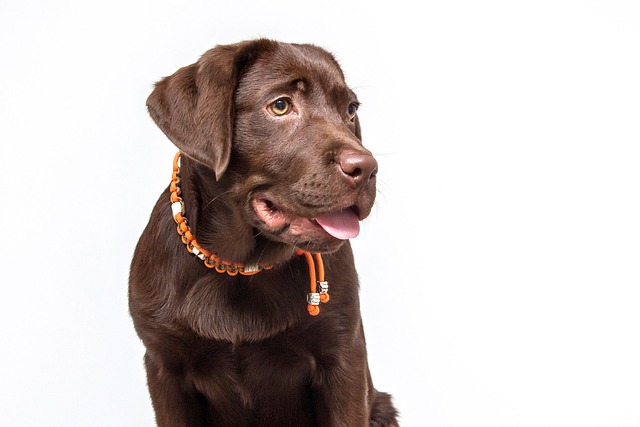
What are the three important Labrador training tips at home?
Labradors are smart, eager-to-please pups, but their boundless energy can turn into chewed cushions or jumping guests if home training isn’t consistent.
The idea of training your dog to use a human toilet often captures the imagination of new apartment dwellers—imagine, no more messy pee pads or last-minute trips downstairs in the rain! While it's a fascinating concept popularized in movies, the reality of training a dog to use a toilet is incredibly complex, often impractical, and from a veterinary and behavioral standpoint, generally not recommended for most dogs. Let's break down why and explore the immense challenges involved.
From a biological perspective, the act is physically awkward and stressful for a dog. Their natural instinct is to eliminate on a stable, horizontal surface where they can comfortably squat and balance. The porcelain bowl is slippery, unstable, and requires them to perch precariously on the seat, which can lead to anxiety and a fear of falling. Furthermore, it completely goes against their natural communication instincts; dogs "read" each other's waste left on the ground, a form of olfactory communication that is vital to their social world. Denying them this can be confusing and even isolating for them.
If you are determined to attempt it, the process is slow and requires immense patience. It typically involves a specialized training kit that fits over your toilet bowl, starting with a solid insert and gradually transitioning to a ring with a larger hole until it's removed entirely. Each stage requires the dog to become comfortable with a new, unstable surface. This is where positive reinforcement training is absolutely non-negotiable. Every successful attempt must be rewarded with high-value treats and enthusiastic praise. Never, under any circumstances, scold or force your dog if they are fearful or have an accident. This kind of pressure is a major cultural taboo in modern dog training and will only create a deep-seated fear of the bathroom and the toilet itself, potentially leading to other behavioral issues like hiding to eliminate.

It's also crucial to consider the bigger picture of responsible ownership. Even if your dog masters the toilet, you are still legally obligated to provide them with regular outdoor walks for exercise and mental stimulation. Dogs need to sniff, explore, and engage with their environment—it's a core part of their well-being. On these walks, you must always carry bags and immediately clean up after your dog; this is a universal law in U.S. communities and a fundamental part of being a good neighbor. Additionally, your commitment to their health doesn't end with potty training. Keeping your dog's vaccinations, like the mandatory rabies shot, up-to-date remains a critical legal requirement for their safety and public health, regardless of where they relieve themselves.
In the end, while the concept is novel, most veterinary and training professionals advise against it. The risks of stress, injury, and creating new behavioral problems far outweigh the convenience. A more species-appropriate solution is to stick to a consistent schedule of outdoor bathroom breaks, which supports both their physical health and their natural instincts.

Labradors are smart, eager-to-please pups, but their boundless energy can turn into chewed cushions or jumping guests if home training isn’t consistent.

So, you’ve got a new furry family member, and you’re finding yourself mopping the kitchen floor more than you’d like. Don’t worry, every dog owner has been there!

If you’ve just welcomed a new puppy or an adult rescue dog into your home, one of your first and most pressing questions is likely, "How long until they’re fully toilet trained?"

Labrador Retrievers are energetic, people-pleasing pups, but their boundless enthusiasm can lead to chewed shoes or jumping on guests if not guided right.

The idea of training your dog to use a human toilet often captures the imagination of new apartment dwellers—imagine, no more messy pee pads or last-minute trips

Labradors are some of the most loving dogs around, but their smarts and energy mean training needs to be intentional—not just random lessons here and there.